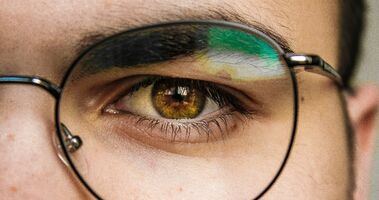About Us
With the combination of increasing human lifespan, and changes in modern lifestyles resulting in an unnatural distribution of artificial light exposure to our eyes, the importance of maintaining eye health is a growing issue. Our mission is to empower consumers with information and tools to understand and verify claims of blue light protection in the marketplace, so they can make informed decisions.








